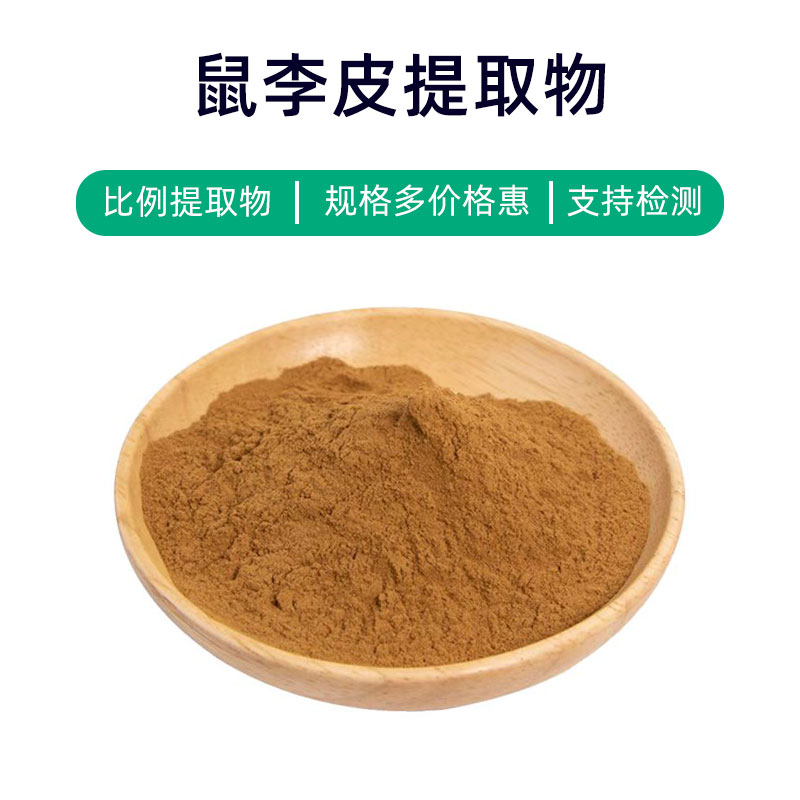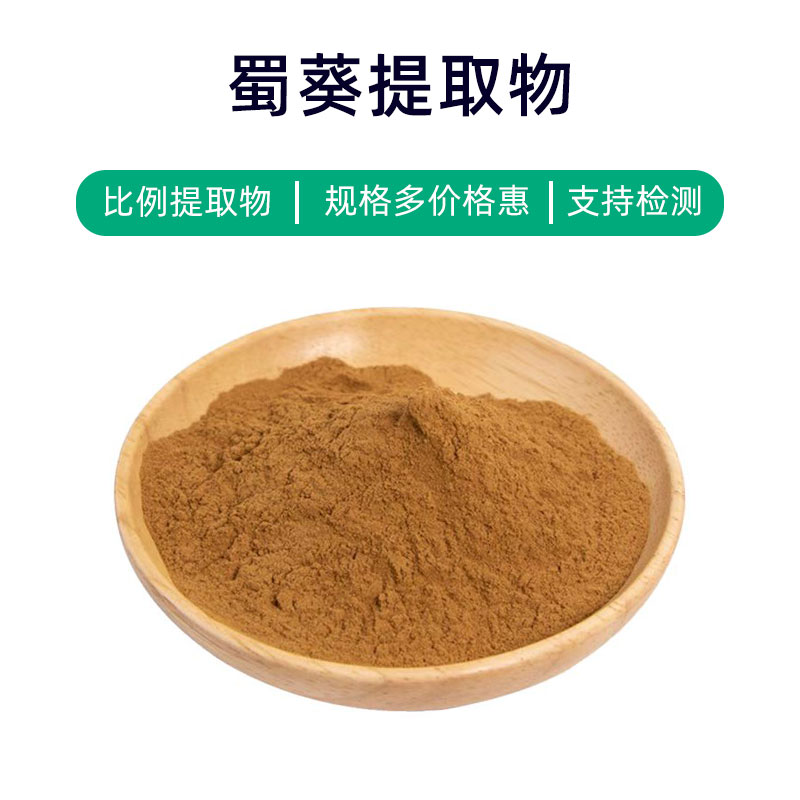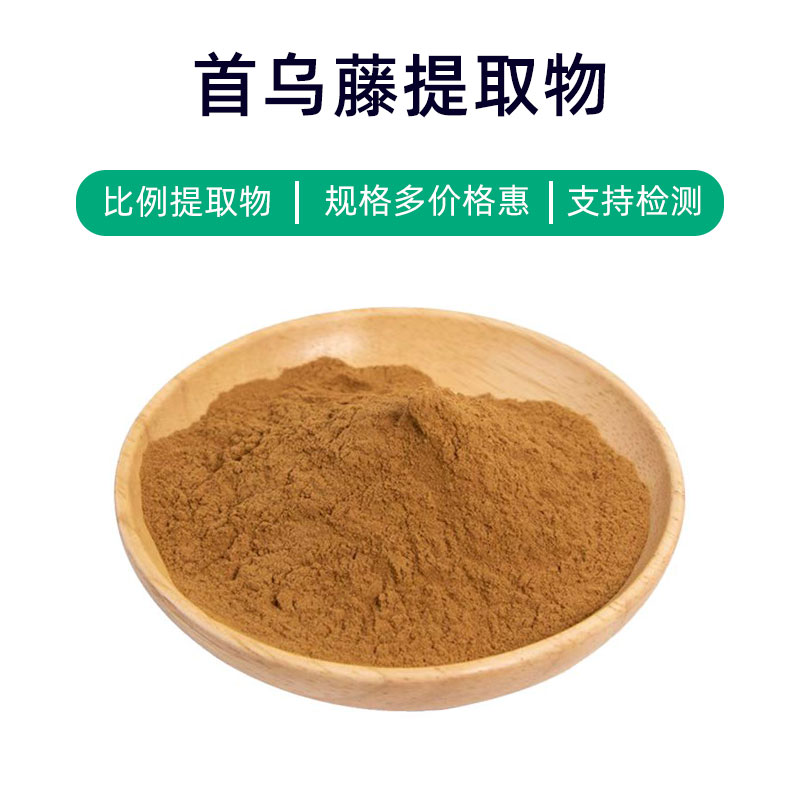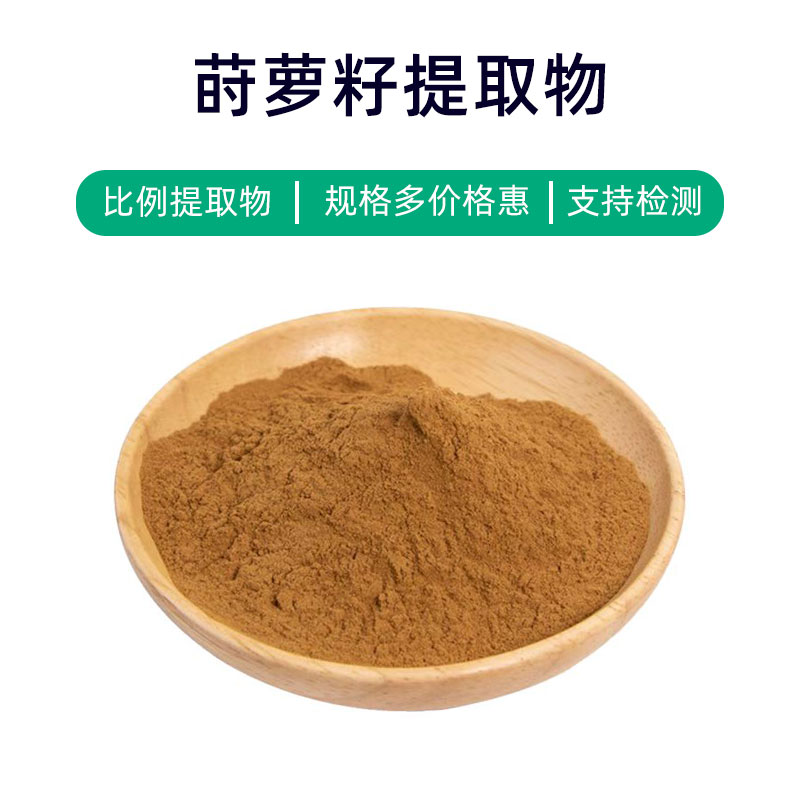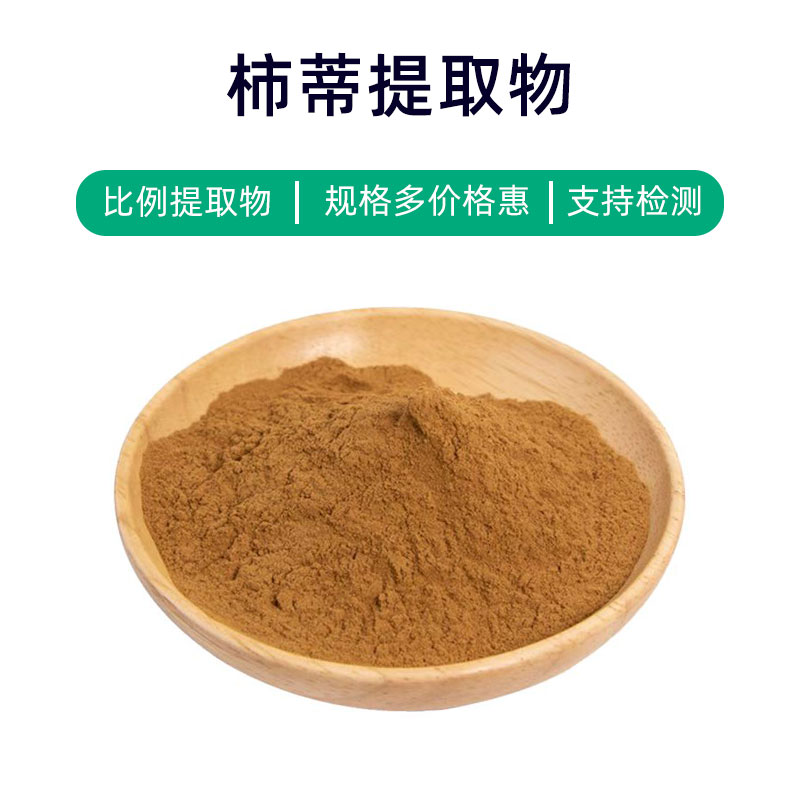Wheatgrass Extract Product Introduction
Wheatgrass extract is a natural plant extract derived from the young shoots of wheat, rich in chlorophyll, amino acids, vitamins, enzymes, and minerals. These components give wheatgrass extract a variety of benefits and applications.
Firstly, wheatgrass extract is high in chlorophyll, which has powerful antioxidant properties that help clear free radicals, slow down aging, and boost immunity. Its rich amino acid content aids in metabolism, enhances physical strength, and improves the body's ability to resist fatigue. Additionally, the vitamins and minerals in wheatgrass extract contribute to maintaining skin health, promoting collagen synthesis, and preserving skin elasticity and glow.
Wheatgrass extract is widely applied in health supplements, nutritional products, food, beverages, and cosmetics. In health supplements, it is commonly available in liquid, capsule, or powder form as a natural source of nutrition for regulating bodily functions and enhancing immunity. In food and beverages, wheatgrass extract can serve as a functional food ingredient, added to juices, smoothies, or vegetable juices to increase nutritional value and flavor. In cosmetics, wheatgrass extract is often used in skincare products for its moisturizing, antioxidant, and skin-repairing effects.
Overall, as a natural plant extract, wheatgrass extract has rich nutritional components and various effects, making it a reliable choice for health and beauty applications.
Wheatgrass Extract Production Process
The production process of wheatgrass extract typically includes the following steps:
- Raw Material Preparation: Fresh wheat seedlings are selected as the extraction material, ensuring they are clean and free from contamination and chemical treatment.
- Washing and Treatment: Wheat seedlings are thoroughly washed to remove surface impurities and dirt. Preliminary treatment includes soaking, removing debris, and initial drying.
- Extraction: Appropriate extraction methods, such as water extraction, ethanol extraction, or supercritical fluid extraction, are used to extract active ingredients from the wheat seedlings. Extraction conditions, including temperature, pressure, and time, are controlled to ensure efficiency and quality.
- Filtration and Concentration: The extracted liquid is filtered to remove solid residues and impurities, resulting in a pure extract. Concentration techniques are then used to remove water from the extract to yield concentrated wheatgrass extract.
- Refinement and Purification: The concentrated extract undergoes further refinement and purification to remove unwanted components and impurities, retaining active ingredients and nutrients.
- Drying and Pulverizing: The purified wheatgrass extract is dried to remove residual moisture, resulting in a dry extract. It is then pulverized to achieve the desired particle size.
- Packaging and Storage: Lastly, wheatgrass extract is packaged using suitable materials and containers to prevent oxidation and moisture absorption. The packaged product is stored in a cool, dry environment, avoiding direct sunlight and high temperatures to maintain stability and the integrity of active components.
Following these production steps, high-quality wheatgrass extract with rich active ingredients can be produced for various applications.
Wheatgrass Extract Effects and Side Effects
Wheatgrass extract, derived from young wheat seedlings, has various benefits and effects, mainly including the following:
- Antioxidant Effects: Wheatgrass extract is rich in various natural antioxidants, such as vitamins C and E, and beta-carotene, which effectively clear free radicals, slow cellular oxidative damage, and protect cell health.
- Boosting Immunity: Wheatgrass extract contains abundant polysaccharides and bioactive components that enhance immune function, improve resistance, and prevent infections and diseases.
- Anti-inflammatory Effects: Research indicates that the bioactive components in wheatgrass extract have certain anti-inflammatory properties, helping reduce inflammation, alleviate discomfort from inflammatory conditions, and improve symptoms of inflammatory diseases.
- Promoting Digestive Health: Wheatgrass extract is rich in dietary fiber and natural enzymes, which promote intestinal peristalsis, increase stool bulk, improve constipation, and maintain intestinal health.
- Improving Skin Conditions: The vitamins and minerals in wheatgrass extract nourish the skin, enhance its moisturizing ability, reduce wrinkles and pigmentation, and improve skin tone for a smoother, finer complexion.
- Regulating Blood Sugar and Lipids: Some studies suggest that wheatgrass extract may exhibit blood sugar and lipid-lowering effects, helping regulate blood sugar and lipid levels, which can aid in the prevention and management of metabolic diseases like diabetes and hyperlipidemia.
- Liver Protection: The bioactive components in wheatgrass extract have liver-protective properties, promoting liver cell regeneration, reducing liver damage, and improving liver function.
As a natural plant extract, wheatgrass extract typically does not cause severe side effects. However, some individuals may experience allergic reactions or adverse effects, such as skin allergies or digestive discomfort. Therefore, it is advisable to conduct a skin sensitivity test before use and to follow the guidance of healthcare professionals.
Wheatgrass Extract Application Scenarios and Dosage
Wheatgrass extract is widely used in the fields of medicine, food, and cosmetics, with specific applications and dosages as follows:
- Medical Field:
- Antioxidant Therapy: Wheatgrass extract can be utilized as a natural antioxidant to prevent and treat diseases related to oxidative damage, such as cardiovascular diseases and diabetes. It is generally recommended to take 200-500 mg of wheatgrass extract daily, divided into 2-3 doses.
- Immune Regulation: Wheatgrass extract can help enhance immune function, improve resistance, and address conditions of weakened immunity and susceptibility to infections. A common recommendation is to take 300-600 mg daily, divided into two doses.
- Anti-inflammatory Treatment: Wheatgrass extract's anti-inflammatory properties can be used to treat inflammation-related diseases, such as arthritis or dermatitis. This can be applied topically by formulating wheatgrass extract into creams or liquids for application to affected areas 2-3 times daily.
- Food Industry:
- Health Supplements: Wheatgrass extract is often used as an additive in health foods to enhance overall health, boost immunity, and provide anti-aging benefits. It is commonly incorporated into liquids, tablets, or capsules, following product guidelines for consumption.
- Functional Foods: Wheatgrass extract can also be included in the production of functional foods, such as wheatgrass beverages or nutrition bars, to meet the specific nutritional needs of certain groups.
- Cosmetics Industry:
- Skincare Products: Due to its moisturizing, antioxidant, and soothing properties, wheatgrass extract can be used in skincare products like face masks, lotions, and serums. Generally, it is recommended to be applied in the morning and evening by massaging an appropriate amount into clean facial skin until fully absorbed.
- Haircare Products: Wheatgrass extract nourishes and repairs the scalp and hair, making it suitable for inclusion in shampoos and conditioners to address dryness and frizz.
Overall, wheatgrass extract is widely utilized in the medical, food, and cosmetics industries, but specific usage and dosage should be adjusted according to product instructions or medical advice. During use, it is essential to purchase products from reputable sources, follow product guidelines, and avoid excessive consumption.
Wheatgrass Extract Source Plant Introduction, Distribution, and Growth Environment
Wheatgrass (scientific name: Ophiopogon japonicus) is a perennial herbaceous plant that belongs to the lily family. Here is an overview of the source plant of wheatgrass extract, including its introduction, distribution, and growth environment:
- Plant Introduction:
- Wheatgrass is a bulbous plant with short, linear or lanceolate, evergreen leaves. The leaf color is deep green. It flowers in the summer, with blooms that are white or light purple and form a racemose or terminal inflorescence, with small, dense flowers.
- The root system of wheatgrass is robust, with developed fibrous roots and thick, cylindrical bulbs. The fruit of wheatgrass is a capsule, with black seeds.
- Distribution:
- Wheatgrass is native to China and is widely distributed in northeastern, northern, and southwestern China, primarily thriving in foothills, forest edges, grasslands, and thickets. Additionally, wheatgrass can also be found in other parts of Asia, such as Japan, Korea, and Russia.
- Growth Environment:
- Wheatgrass prefers a warm and humid climate, showing strong adaptability and shade tolerance, thriving in semi-shaded environments. It can grow in various soil types but favors loose, fertile, well-drained sandy loam.
- Wheatgrass is commonly found in mountainous areas, forest edges, grasslands, and riverbanks, with a broad elevation range, from low to mid-elevation areas, and some varieties can even thrive above 2000 meters in mountainous regions.
Overall, wheatgrass is a commonly found bulbous plant with a wide distribution range and strong adaptability, primarily growing in warm, humid areas such as mountains, forest edges, grasslands, and riverbanks.
Wheatgrass Extract Processing and Storage
The processing of wheatgrass extract typically involves the following steps: First, fresh wheatgrass is harvested, then cleaned and impurities are removed before undergoing extraction processes. Common extraction methods include water extraction and ethanol extraction. The resulting wheatgrass extract can undergo further concentration, filtration, and drying treatments to yield either powdered or liquid extracts. For storage, wheatgrass extract should be kept in a cool, dry environment, avoiding direct sunlight and high temperatures, while also preventing moisture. The extract should be packaged in well-sealed containers to prevent moisture and oxygen exposure, thus maintaining its stability and activity.
Monica Sun is a seasoned expert in the plant extraction industry with over a decade of experience in research and production. She specializes in the extraction and purification of plant active ingredients, focusing on driving innovation in natural product applications. Monica has participated in the development of multiple functional plant extracts, delivering high-value natural raw material solutions for the health food, pharmaceutical, and dietary supplement sectors.









